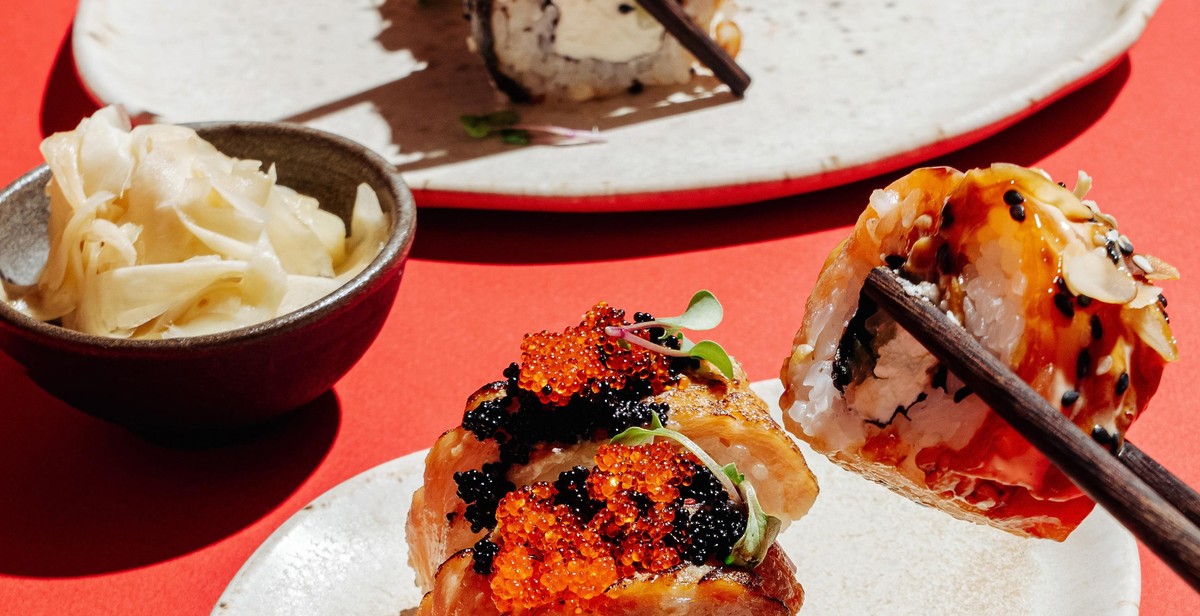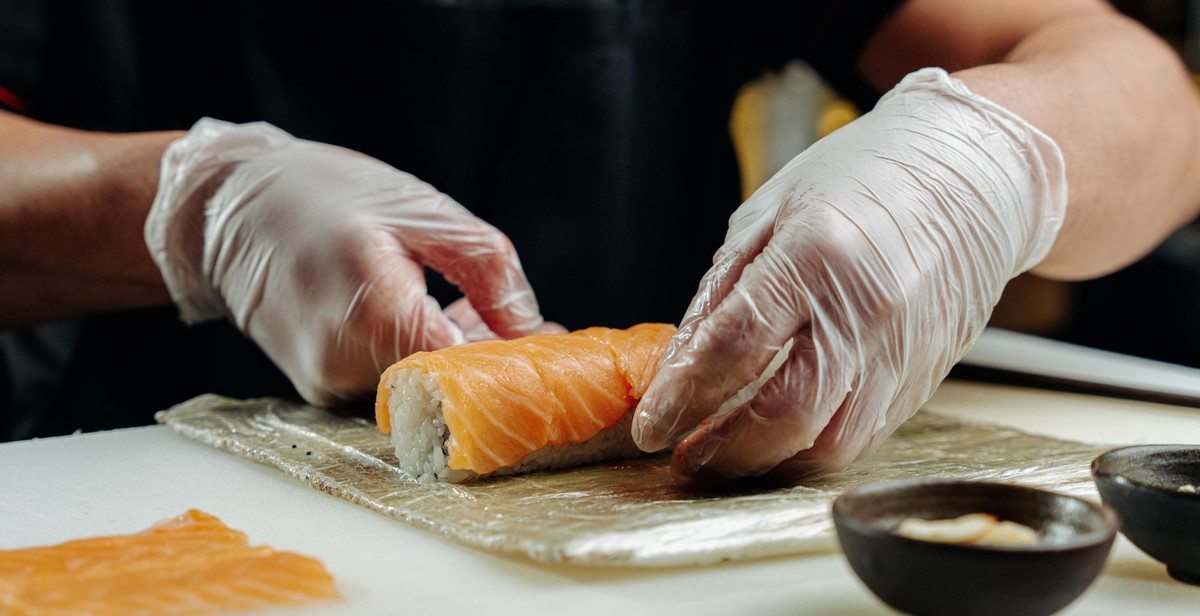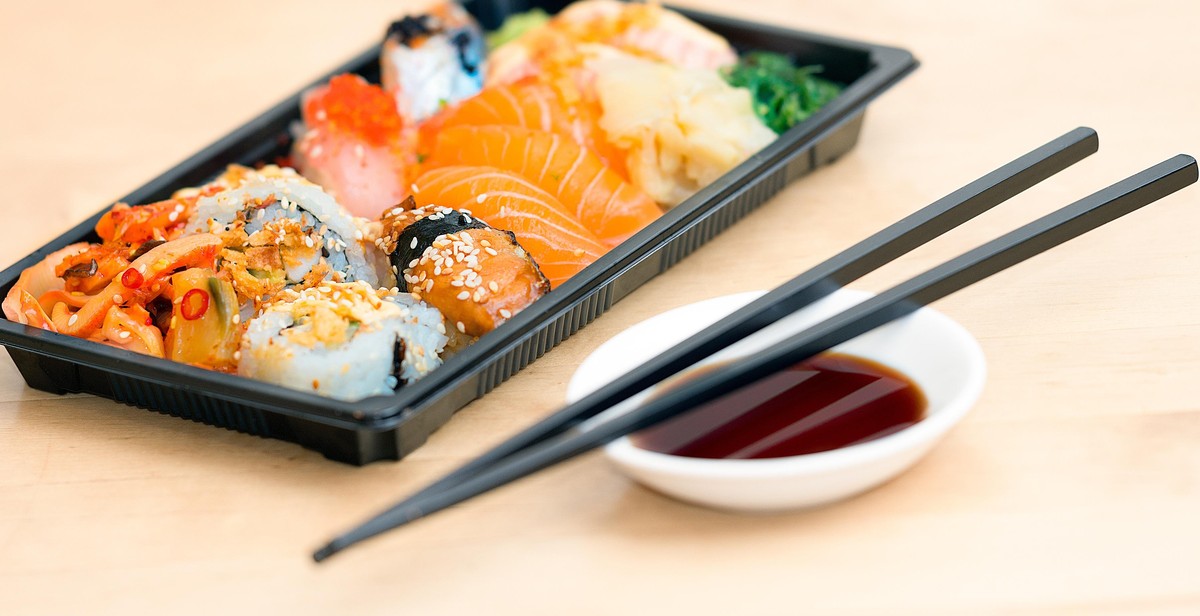How to Cook Perfect Sushi Rice: Achieving Sticky and Flavorful Results
Sushi is a popular Japanese cuisine that has gained worldwide recognition. It is made with vinegared rice and various ingredients such as seafood, vegetables, and sometimes fruits. While the other ingredients are essential to the sushi, the rice is the foundation of the dish. Sushi rice is not just any rice; it is a short-grain rice variety that is stickier than other rice types. It is also seasoned with vinegar, sugar, and salt to give it a unique flavor.
Why is Sushi Rice Important?
The quality of the sushi rice can make or break the dish. If the rice is overcooked or undercooked, too dry or too wet, the texture and taste of the sushi will be compromised. Sushi rice should be sticky enough to hold its shape when formed into a ball, yet not too sticky that it clumps together. It should also have a sweet and tangy flavor that complements the other ingredients.
Preparing sushi rice can be intimidating for beginners, but with the right techniques, anyone can achieve perfect results. In this article, we will guide you on how to cook sushi rice that is sticky and flavorful, just like the ones served in Japanese restaurants.

Choosing the Right Rice
One of the most important factors in achieving perfect sushi rice is choosing the right type of rice. While any type of rice can be used for sushi, short-grain rice is the most commonly used variety. This is because short-grain rice has a higher starch content, which helps it to stick together and create the signature texture of sushi rice.
Short Grain vs. Long Grain Rice
Short-grain rice is typically shorter and wider than long-grain rice, and has a rounder shape. When cooked, it is stickier and more moist than long-grain rice. This makes it perfect for sushi, as it holds together well and has a satisfying texture.
Long-grain rice, on the other hand, is typically longer and thinner than short-grain rice, and has a more pointed shape. It is less sticky and more fluffy than short-grain rice when cooked, making it a better choice for dishes like pilafs and stir-fries.
Brands of Sushi Rice to Consider
When it comes to choosing a brand of sushi rice, there are several options to consider. Some of the most popular brands of sushi rice include:
- Nishiki: This is a premium brand of sushi rice that is known for its consistent quality and flavor.
- Kokuho Rose: This brand of sushi rice is grown in California and has a slightly nutty flavor.
- Tamanishiki: This brand of sushi rice is a blend of Koshihikari and Yumegokochi rice varieties, and has a slightly sweet flavor.
While these are just a few of the many brands of sushi rice available, they are all good choices for achieving perfect sushi rice.
| Short-Grain Rice | Long-Grain Rice | |
|---|---|---|
| Shape | Short and wide | Long and thin |
| Texture | Sticky and moist | Fluffy and less sticky |
| Uses | Sushi, risotto, rice pudding | Pilafs, stir-fries, salads |

Preparing the Rice
Before starting to cook sushi rice, it is important to properly prepare the rice. This includes rinsing, soaking, measuring, and cooking the rice.
Rinsing the Rice
The first step in preparing sushi rice is to rinse it thoroughly. This helps remove excess starch and any debris that may be present. Place the rice in a fine mesh strainer and rinse it under cold running water until the water runs clear. This typically takes about 2-3 minutes.
Soaking the Rice
After rinsing, the rice should be soaked for at least 30 minutes. This helps the rice absorb water evenly during cooking and results in a more consistent texture. To soak the rice, place it in a bowl and cover it with cold water. Allow the rice to soak for at least 30 minutes. Drain the rice before cooking.
Measuring the Rice and Water
Accurately measuring the rice and water is crucial for achieving perfect sushi rice. Use a measuring cup to measure the rice and water. The ratio of rice to water is typically 1:1.25. For example, if you are cooking 2 cups of rice, you will need 2.5 cups of water. Adjust the ratio slightly if necessary based on the type of rice you are using.
Cooking the Rice
Once the rice is rinsed, soaked, and measured, it is time to cook it. Place the rice and water in a heavy-bottomed pot with a tight-fitting lid. Bring the water to a boil over medium-high heat. Once the water is boiling, reduce the heat to low and cover the pot with the lid. Cook the rice for 18-20 minutes, or until the water is absorbed and the rice is tender.
Once the rice is cooked, remove it from the heat and let it sit for 10-15 minutes. Fluff the rice with a fork before using it for sushi.
By following these steps, you can prepare perfect sushi rice every time. Properly preparing the rice is the foundation for achieving sticky and flavorful results.

Seasoning the Rice
Now that you have cooked the perfect sushi rice, it’s time to season it with sushi vinegar. This is what gives the rice its signature flavor and stickiness.
Making the Sushi Vinegar
To make sushi vinegar, you will need:
- 1/2 cup rice vinegar
- 2 tablespoons sugar
- 1 teaspoon salt
1. In a small saucepan, combine the rice vinegar, sugar, and salt. Heat over medium heat, stirring occasionally, until the sugar and salt have dissolved.
2. Remove from the heat and let cool to room temperature before using.
Mixing the Sushi Vinegar with the Cooked Rice
1. Once the rice has finished cooking, transfer it to a large mixing bowl.
2. Drizzle the sushi vinegar over the rice, using a wooden spoon or rice paddle to gently fold the vinegar into the rice.
3. Continue folding the rice until the vinegar is evenly distributed and the rice is shiny and sticky.
4. Cover the bowl with a damp towel and let the rice sit for 10-15 minutes to allow the flavors to meld together.
5. Your sushi rice is now ready to use for your favorite sushi rolls or bowls!
| Tips: |
|---|
| • Be gentle when mixing the sushi vinegar with the rice to avoid breaking the grains. |
| • Use a wooden spoon or rice paddle to avoid damaging the rice and to prevent sticking. |
| • Don’t skip the resting time, as it allows the flavors to fully develop. |

Tips for Perfect Sushi Rice
Preparing sushi rice requires attention to detail and proper technique. Here are some tips to help you achieve the perfect sticky and flavorful sushi rice:
Storing Sushi Rice
Proper storage of sushi rice is important to maintain its quality and texture. After cooking, transfer the rice to a non-metallic container and cover it with a damp cloth or lid to prevent it from drying out. Store the container in a cool and dark place, away from direct sunlight. Avoid storing sushi rice in the refrigerator as it can affect its texture and flavor.
Reheating Sushi Rice
When reheating sushi rice, it is important to be gentle to prevent it from becoming mushy. Place the rice in a microwave-safe bowl and sprinkle a small amount of water over it. Cover the bowl with a damp paper towel and microwave it on low heat for 30 seconds to 1 minute. Alternatively, you can reheat the rice in a steamer by placing it in a heatproof container and steaming it for 5-10 minutes.
Using Sushi Rice for Other Dishes
Sushi rice can be used in a variety of other dishes, such as rice bowls, salads, and stir-fries. To use sushi rice for other dishes, it is important to season it properly. Mix together rice vinegar, sugar, and salt in a small saucepan and heat it until the sugar dissolves. Drizzle the mixture over the rice and gently fold it in using a wooden spoon or spatula. Allow the rice to cool before using it in other dishes.
